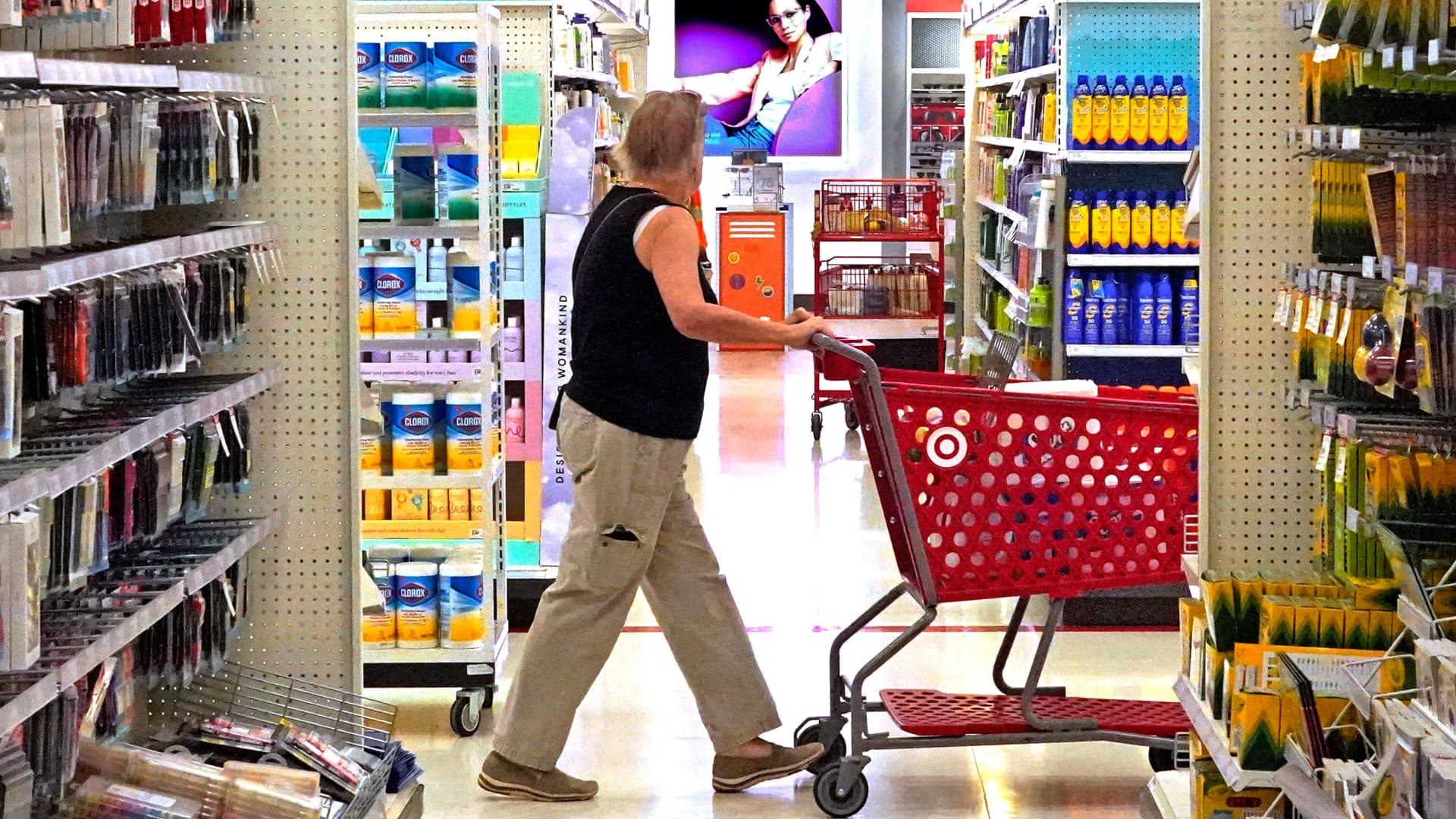In minutes released this week from the Federal Reserve May meeting, central bank policymakers indicated that an interest rate cut isn’t coming anytime soon.
Largely because of mixed economic signals and the United States’ changing tariff agenda, officials noted that they will wait until there’s more clarity about fiscal and trade policy before they will consider lowering rates again.
In prepared remarks earlier this month, Fed Chair Jerome Powell also said that the federal funds rate is likely to stay higher as the economy changes and policy is in flux.
The Fed’s benchmark sets what banks charge each other for overnight lending, but also has a domino effect on almost all of the borrowing and savings rates Americans see every day.
When will interest rates go down again?
Since December 2024, the federal funds rate has been in a target range between 4.25%-4.5%.
Futures market pricing is implying virtually no chance of an interest rate cut at next month’s meeting, and less than a 25% chance of a cut in July, according to the CME Group’s FedWatch gauge.
It is more likely the Federal Open Market Committee won’t lower its benchmark rate until the Fed’s September meeting.
With a rate cut on the backburner for now, consumers struggling under the weight of high prices and high borrowing costs aren’t getting much relief, experts say.
“You don’t have to wait for the Fed to ride to the rescue,” said Matt Schulz, chief credit analyst at LendingTree. “You can have a far, far greater impact on your interest rates than any Fed rate cut ever will, but only if you take action.”
Here are three ways to do just that:
1. Pay down credit card debt
With a rate cut likely postponed until September, the average credit card annual percentage rate is hovering just over 20%, according to Bankrate — not far from last year′s all-time high. In 2024, banks raised credit card interest rates to record levels, and some issuers said they’ll keep those higher rates in place.
“When interest rates are high, credit card debt becomes the most expensive mistake you can make,” said Howard Dvorkin, a certified public accountant and the chairman of Debt.com.
Rather than wait for a rate cut that may be months away, borrowers could switch now to a zero-interest balance transfer credit card or consolidate and pay off high-interest credit cards with a lower-rate personal loan, said LendingTree’s Schulz.
“Lowering your interest rates with a 0% balance transfer credit card, a low-interest personal loan or even a call to your lender can be an absolute game-changer,” he said. “It can dramatically reduce the amount of interest you pay and the time it takes to pay off the loan.”
Start by targeting your highest-interest credit cards first, Dvorkin advised. That tactic can create an added boost, he said: “Even small extra payments can save you hundreds in interest over time.”
2. Lock in a high-yield savings rate
Rates on online savings accounts, money market accounts and certificates of deposit will all go down once the Fed eventually lowers rates. So experts say this is an opportunity to lock in better returns before the central bank trims its benchmark, particularly with a high-yield savings account.
“The best rates now are around 4.5% — while that’s down about a percentage point from last year, it’s still better than we’ve seen over most of the past 15 years,” said Ted Rossman, senior industry analyst at Bankrate.com. “It’s well above the rate of inflation and this is for your safe, sleep-at-night kind of money.”
Here’s a look at other stories impacting the financial advisor business.
A typical saver with about $10,000 in a checking or savings account could earn an additional $450 a year by moving that money into a high-yield account that earns an interest rate of 4.5% or more, according to Rossman.
Meanwhile, the savings account rates at some of the largest retail banks are currently 0.42%, on average.
“If you’re still using a traditional savings account from a giant megabank, you’re likely leaving money on the table, and that’s the last thing anyone needs today,” said Schulz.
3. Improve your credit score
Those with better credit could already qualify for a lower interest rate.
In general, the higher your credit score, the better off you are when it comes to access and rates for a loan. Alternatively, lower credit scores often lead to higher interest rates for new loans and overall lower credit access.
However, credit scores are trending down, recent reports show. The national average credit score dropped to 715 from 717 a year earlier, according to FICO, developer of one of the scores most widely used by lenders. FICO scores range between 300 and 850.
Amid high interest rates and rising debt loads, the share of consumers who fell behind on their payments jumped over the past year, FICO found. The resumption of federal student loan delinquency reporting on consumers’ credit was also a significant contributing factor, the report said.
VantageScore also reported a drop in average scores starting in February as early- and late-stage credit delinquencies rose sharply, driven by the resumption of student loan reporting.
Some of the best ways to improve your credit score come down to paying your bills on time every month and keeping your utilization rate — or the ratio of debt to total credit — below 30% to limit the effect that high balances can have, according to Tommy Lee, senior director of scores and predictive analytics at FICO.
In fact, increasing your credit score to very good (740 to 799) from fair (580 to 669) could save you more than $39,000 over the lifetime of your balances, a separate analysis by LendingTree found. The largest impact comes from lower mortgage costs, followed by preferred rates on credit cards, auto loans and personal loans.
Subscribe to CNBC on YouTube.


 Accounting1 week ago
Accounting1 week ago
 Economics1 week ago
Economics1 week ago
 Personal Finance1 week ago
Personal Finance1 week ago
 Accounting1 week ago
Accounting1 week ago
 Finance1 week ago
Finance1 week ago
 Economics1 week ago
Economics1 week ago
 Economics1 week ago
Economics1 week ago
 Economics1 week ago
Economics1 week ago










